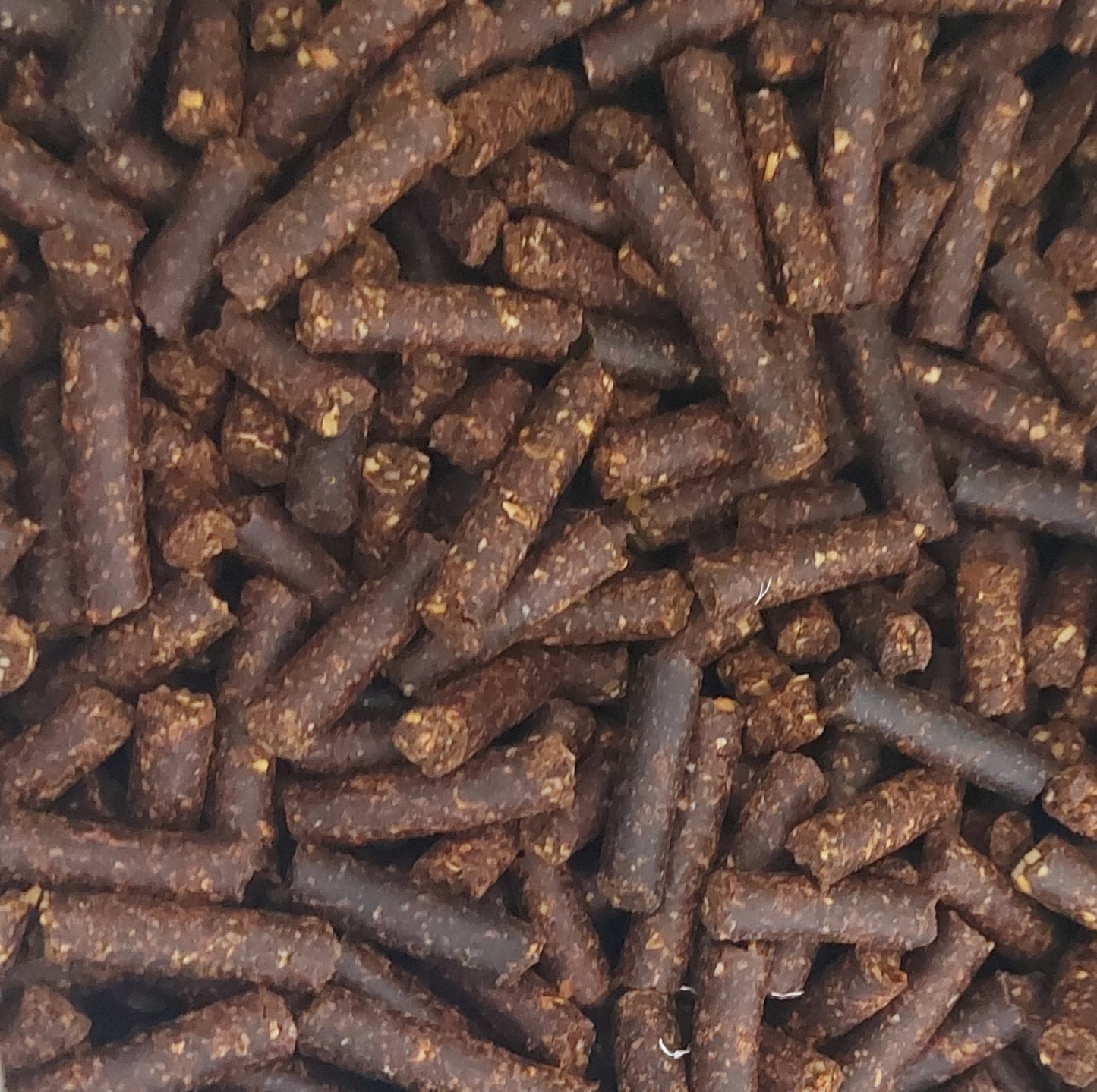With the arrival of November, nature quietly retreats into its winter slumber, but your garden and orchard still require attention and a caring hand of the gardener. This is the time to prepare our green oases for the cold days and perform several key tasks. In this guide, we will explore how to revive your garden and orchard during November and how to create a magical place that will delight everyone even in the midst of winter chill.
Preparing the Vegetable Garden in November
In the vegetable garden, caring for the soil becomes crucial in November. If you have already planted green manure crops like buckwheat, clover, or oilseed rape in September, now is the time to plow them into the soil. These plants not only protect the soil from erosion and leaching of nutrients but also improve its structure and serve as a natural fertilizer for the spring.
As November approaches, consider setting up hotbeds and tunnels made of foil or polycarbonate. These shields provide winter protection for lettuce and lamb's lettuce, allowing you to enjoy fresh vitamin salads throughout the winter.

If you plan to build a raised bed, follow this step-by-step guide:
- Layer of branches, twigs, mulch, or decorative bark.
- Layer of inverted sod, leaves, or cut grass.
- Layer of compost.
- Layer of organic soil, high-quality universal soil, and garden fertilizer.
With these steps, you will ensure an abundance of nutrients for your vegetables and create an optimal environment for successful cultivation.
As for planting, you can plant garlic in November. It is important to choose the largest outer cloves of the garlic bulb to ensure good growth.
In your basement or storage, you can transplant cauliflower, endive, and celery into containers with moist sand. Also, the roots of parsley, horseradish, parsnips, and bulbs of celery and kohlrabi can be successfully stored. It is important to ensure enough space between the plants to prevent root rot.
Harvesting leafy vegetables such as cabbage, spinach, parsnips, lamb's lettuce, and endive can also be challenging in November. This is the time for planning future gardening activities, such as crop planning and preparation for the next year.
Onions and Garlic in November
There is still enough time in November for planting onion garlic. Select the best cloves from garlic bulbs, as they will result in stronger growth and quality heads.

Fighting Pests in the Vegetable Garden and Orchard In November
It is important to pay attention to the presence of pests, especially the activity of voles. Staying a step ahead of the problem and protecting your vegetables from pests can save your harvest.
Here are a few protection methods:
• Using traps: Set traps for rodents in places where you notice their activity. Live traps are a humane solution because they allow catching the pests without injuring them, so you can release them far from the garden.
• Natural enemies: Encourage the presence of natural enemies of rodents like owls, hawks, and snakes. Maintaining an environment that attracts these predators can help control the rodent population.
• Maintaining cleanliness: Remove fallen fruit and vegetables from the garden. Regular cleaning helps to reduce the source of food.
• Using repellents: Neem cake is useful for repelling rodents.
• Barriers: Set up barriers around the roots of plants, like nets or protective fences.
• Regular monitoring: Keep an eye on your garden regularly to timely notice signs of rodent activity and take appropriate control measures.
It is important to choose control methods that are most effective for your situation and do not harm the environment.

Preparing the Orchard in November
November is the time for the final preparations of the orchard before winter fully sets in. This includes the following steps:
Pruning trees: Continue pruning fruit trees, especially those that are diseased or damaged. Trees like apples, pears, plums, and cherries require pruning to maintain their structure and encourage healthy growth. Pruning will improve air circulation and allow the sun to reach the fruit, which will improve the quality of next year's harvest.
Removing dead branches and leaves: Remove all dead branches and leaves from the orchard to prevent the spread of diseases and pests.
Protecting from rodents: As in the vegetable garden, the orchard can be susceptible to rodent attacks like voles. Apply the same protection methods to preserve your fruit trees.
Fertilizing and manuring: If you haven't done so during the fall, add organic neem cake around the roots of fruit trees to provide them with the necessary nutrients for their winter dormancy.
Protection from winter: If you live in an area with harsh winters, consider protecting fruit trees from the cold. This may include wrapping trunks in white or setting up shaded structures to prevent sun scald on the bark during cold days.
Orchard Tips for November:
Fertilizing: Apply potassium and phosphorus to strengthen the plants and improve their resistance to winter conditions.

Vitamin trees: Consider planting berry bushes such as currants, gooseberries, and vitamin-rich sea buckthorn, which can be planted in November.
Planning: Start planning the pruning and treatment schedule for the next year.
Remember, even though the garden and orchard might seem dormant during winter, November is a critical month for taking essential steps to ensure their health and productivity for the coming year. With the right preparation, you can enjoy a beautiful and bountiful garden and orchard next season.




